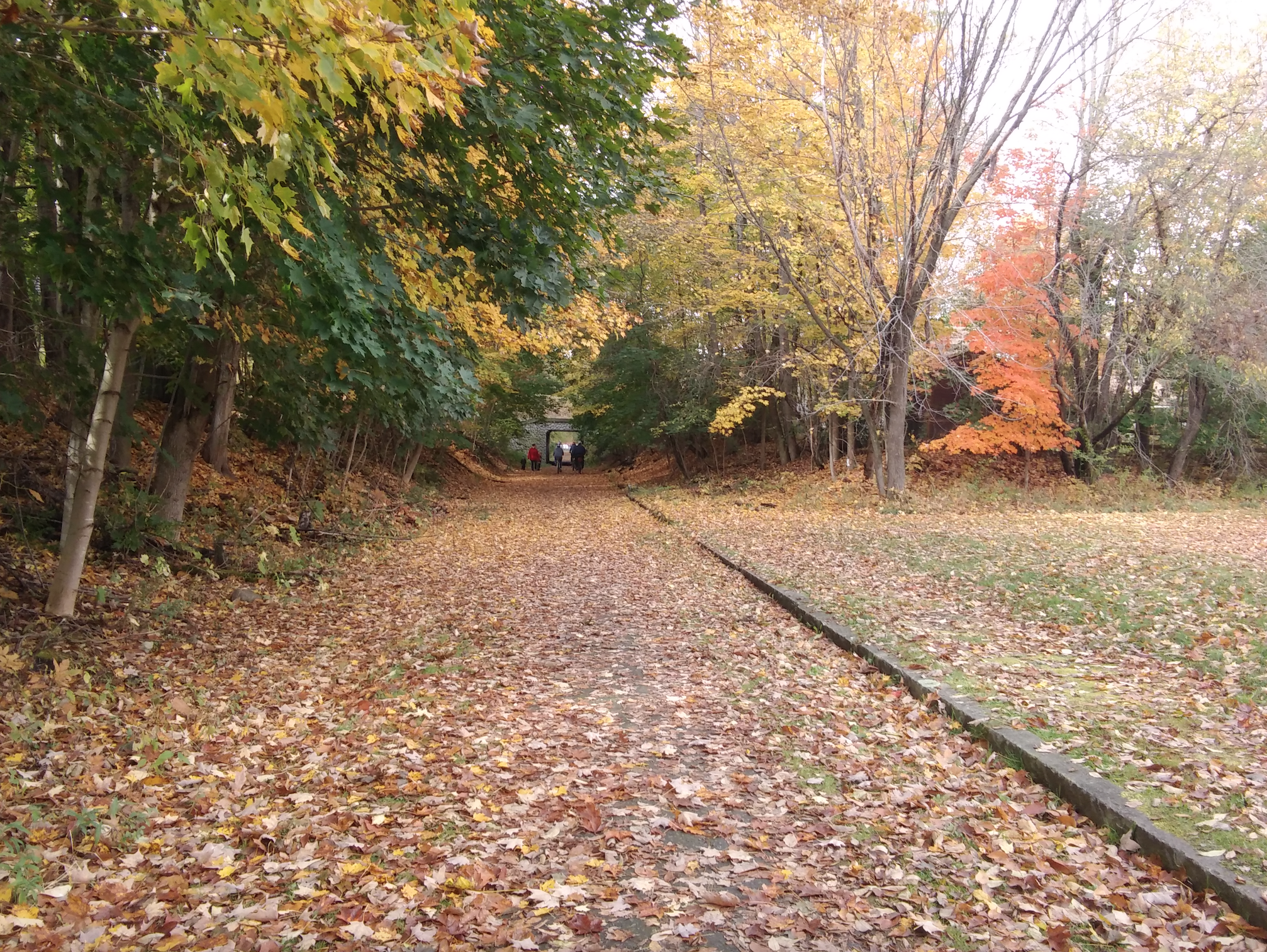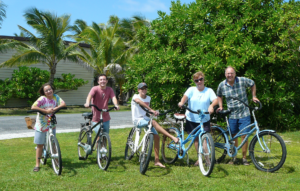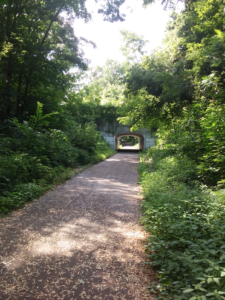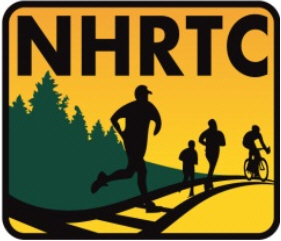
Northern Rail Trail. Text and photos by NHRTC Board Member Rich Westhoff
NH Towns for Active Recreation
As my wife and I moved toward retirement, we asked what important elements we wanted to have in our community. Having become more active walkers, cyclists, and kayakers in recent years, we wanted a place where it would be easier for us to pursue these activities. As we looked around New Hampshire we found some great towns for active living. In reading about active lifestyles, we discovered inspiring health reasons to be more active. One of the ideas we found interesting were the common elements found in regions where people regularly live longer lives, the so-called “blue zones”.
https://extension.psu.edu/longevity-tips-from-the-blue-zones
While there are several of those common elements, one that we targeted was the concept called “move naturally”. This builds on the health benefits of regular physical activity: walking, running, cycling, rowing, etc., which was found to be a common factor in all the blue zones studied. We were drawn to this by our experience of our family living four years on a small tropical island where everyday transportation was by bicycle, Figure 1, some of which were whimsically modified as in Figure 2.

Figure 1

Figure 2
So then how to find a place in NH where an active lifestyle would be easier? We looked for a town where we could walk or bike almost wherever we needed to go. A big enabler for us was the availability of rail trails, rail-with-trail or bikeable streets. This article, however, is not meant to be an advertisement for the town we chose but rather an inspiration to build more bikeable, walkable towns state-wide and to visit those towns that have already made strides in the effort to build active transportation into their road maps.
Rail trails are an especially attractive means of building places for active recreation and transportation. The engineering effort required to flatten railroad beds make them perfect sites for easy cycling and walking trails. New Hampshire was once crisscrossed with as much as 1200 miles of railroads, many of which have been abandoned, or purchased by the state. An interactive map of active lines, abandoned ones and those converted into rail trails or “rail-with-trails” can be found via the NHRTC website (in collaboration with “Trailspotting.com” a private effort to document NH railroads and rail trails): https://nhrtc.org/trail-spotting/ From this link, select the NH Trail Spotting Map link to display the map. Red lines are active railroads, green lines are rail trails and grey lines are abandoned railroads with unknown or undeveloped access. The dreamer wonders how many of these could be converted into rail trails in the future.
The map shows that several towns have built (or are building) networks of rail trails, Keene (https://pathwaysforkeene.org/, https://monadnockrailtrails.org/) has become an excellent place to ride rail trails. Salem (https://www.townofsalemnh.org/home/projects/pages/salem-bike-ped-corridor), Windham (https://www.windhamrailtrail.org/index.html), Derry(https://derryrailtrail.org/) and Londonderry (https://londonderrytrails.org/) have very nearly connected paved trails from the state line to Manchester Airport as part of the planned Granite State Rail Trail (https://nhrtc.org/nh-rail-trails-gsrt/).
Other southern NH towns like Nashua have gotten later starts but are working to add rail trails and rail-with-trail to their plans (https://souheganvalleyrailtrail.org). Near the seacoast, Dover and Rochester are both working to build their local trails: (https://www.dover.nh.gov/government/city-operations/planning/community-trail/, http://railtrails.fortunecity.ws/NH/Lilac/Lilac.htm) Work is being started on the Seacoast Greenway that will connect Portsmouth, Hampton and Seabrook (https://www.cityofportsmouth.com/planportsmouth/nh-seacoast-greenway-portsmouth, http://www.seabrookrailtrail.org/nh-seacoast-greenway).
More centrally in the state, Manchester and nearby towns are working hard to build their rail trails (Figure 3, https://manchestermoves.org/, https://goffstownrailtrail.org/, https://www.nbrailtrail.com/). Some longer trails connect towns in the central and northern parts of the state: The Northern Rail Trail (https://www.fnrt.org/) connects Lebanon (https://mascomagreenway.com/map/) to Boscawen (and Concord, https://www.merrimackrivergreenwaytrail.org/) with the conceived Granite State Rail Trail extending south to Salem. In Franklin the Northern Rail Trail connects to the Winnipesaukee River Trail (https://www.winnirivertrail.org/) to Tilton with plans to extend into Laconia and beyond (https://www.wowtrail.org/). In the North country the Ammonoosuc and Presidential Rail Trails form the backbone of the Cross New Hampshire Adventure trail (https://www.xnhat.org/).
In our search we located a town where we could live walking or biking distance from our regular activities, (library, grocery, pharmacy, church, town hall, hardware, auto repair, etc.) and start directly from our home to begin a long bike ride of tens of miles to the other side of the state. The Blue Zones concept of moving naturally does not require a gym membership but integrates exercise into our daily lives through walking, biking, kayaking, etc. We’ve noticed that in our neighborhood that many others are practicing this lifestyle, so it seems we’re not the only ones!
By this article I hope to inspire you to do what you can to “move naturally” by exploring the rail trails in New Hampshire and by supporting your local trail building organizations. Perhaps your efforts could help to make our state a future “blue zone” with healthier lifestyles for residents and visitors alike.

Figure 3
